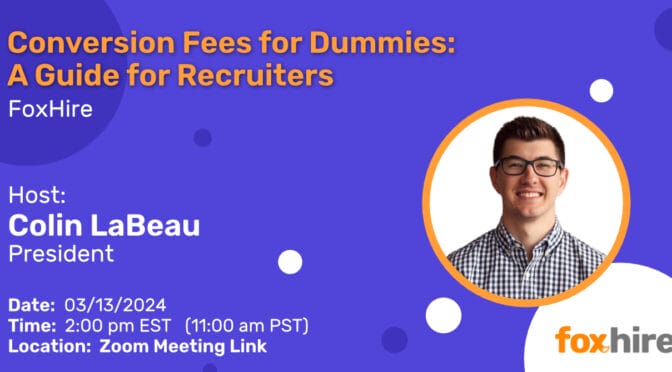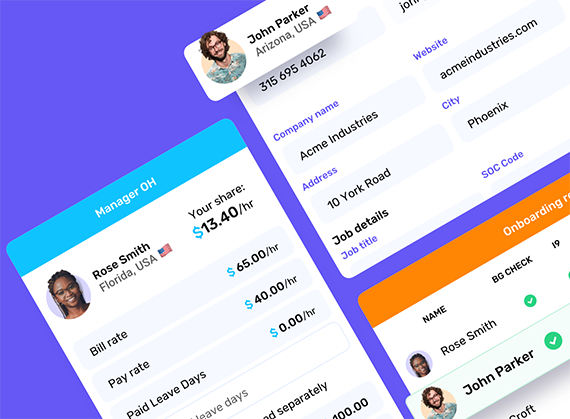Unemployment is just one of the complicated laws governing how we manage employment in this country. UI, or unemployment insurance, was created in 1935 to provide a portion of a worker’s wages if they have been laid off. These benefits have been increasingly complex, particularly since COVID hit. For employers, particularly small businesses, it’s hard to understand all of the nuances and steps associated with unemployment insurance. This blog will help.
The Steps of an Unemployment Claim
UI is funded by employers through state taxes and the Federal Unemployment Tax Act (FUTA). Each state administers these claims differently, but for the worker, there are seven basic steps they must follow when filing a claim:
- They must contact their state unemployment agency.
- The agency will determine the employee’s eligibility for unemployment.
- The employee must submit a claim for the unemployment to take effect.
- The employee will be notified by the agency as to whether they’re eligible for their claim, typically within 10-days.
- This isn’t a “free” benefit either; the employee must meet regularly with their UI rep, or at the very least renew their claim and report online to continue to receive benefits.
- During this process, the employee will have to look for another job, take interviews, and generally try to find gainful employment.
- Each week, the employee must do paperwork in the form of their claim for unemployment to continue to pay.
Depending on the state where you’re doing business, some agencies require that you provide a separation notice detailing the reason and date of the separation. Some states require these documents to go not to the employee but to the unemployment agency itself. Most states also require you to post an unemployment insurance notice in your office. Are you starting to get a sense of the level of complexity that goes along with UI?
Employers should understand that not all unemployed workers receive unemployment benefits. Workers who leave on their own volition receive nothing. First-time job seekers won’t receive UI, and some states won’t pay out for employees who have been fired. Contract workers under 1099-arrangements aren’t eligible, either. Most states also require that the employee works in the job for a certain time period before they can earn these benefits.
During the pandemic, unemployment benefits changed radically. There was an additional payout for many workers, as well as changes to UN benefits across the board. A complex set of regulatory rules changed, making things even more complicated than normal for employers. To make things more complicated, 26-states withdrew this pandemic unemployment extension early, before the federal government’s September 26, 2021 deadline. Their argument was primarily that the extra money was keeping employees from returning to work. Whether you believe this argument or not, it added an additional layer of complexity to the already-complex snarl of UI insurance rules.
FoxHire Can Help!
Employers struggling to keep UI rules aren’t alone; this increasingly complicated area of labor relations is constantly changing. To make matters worse, each state governs unemployment with nuances that vary by location. That’s where FoxHire can help your company. We are an EOR that can manage all of the complexities of the employment process. Talk with us about how we can help you manage your labor force and keep you compliant with all of the rules governing the employer/employment relationship.





